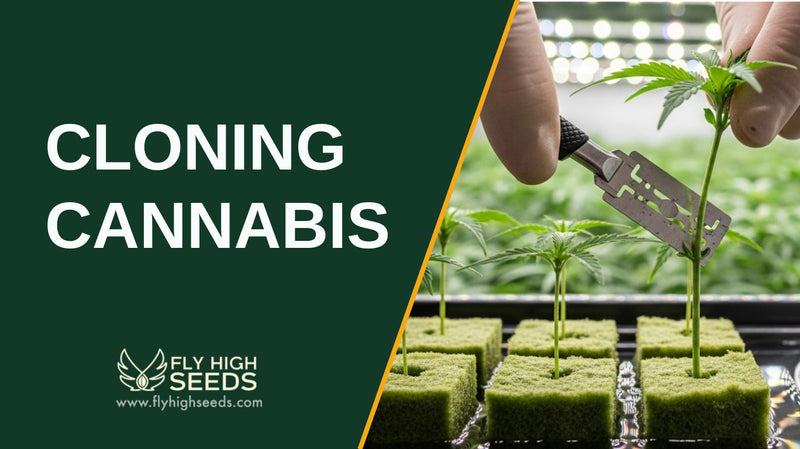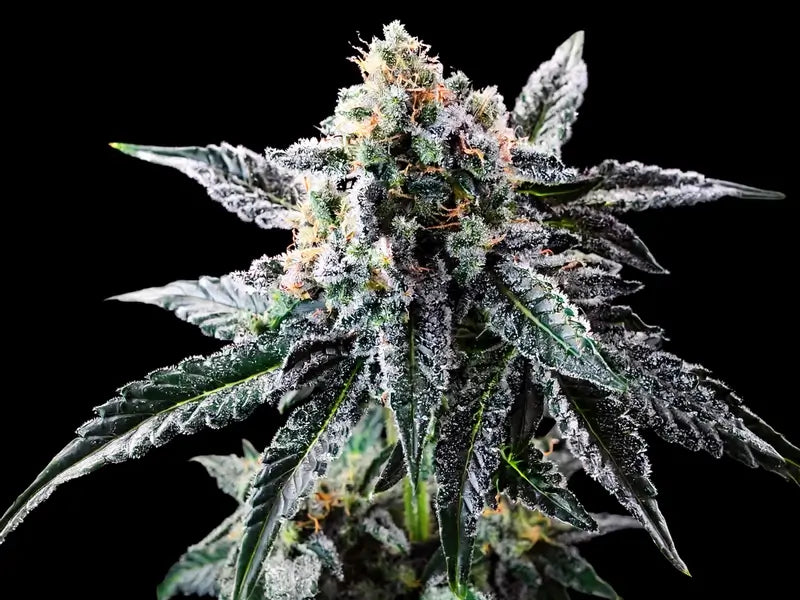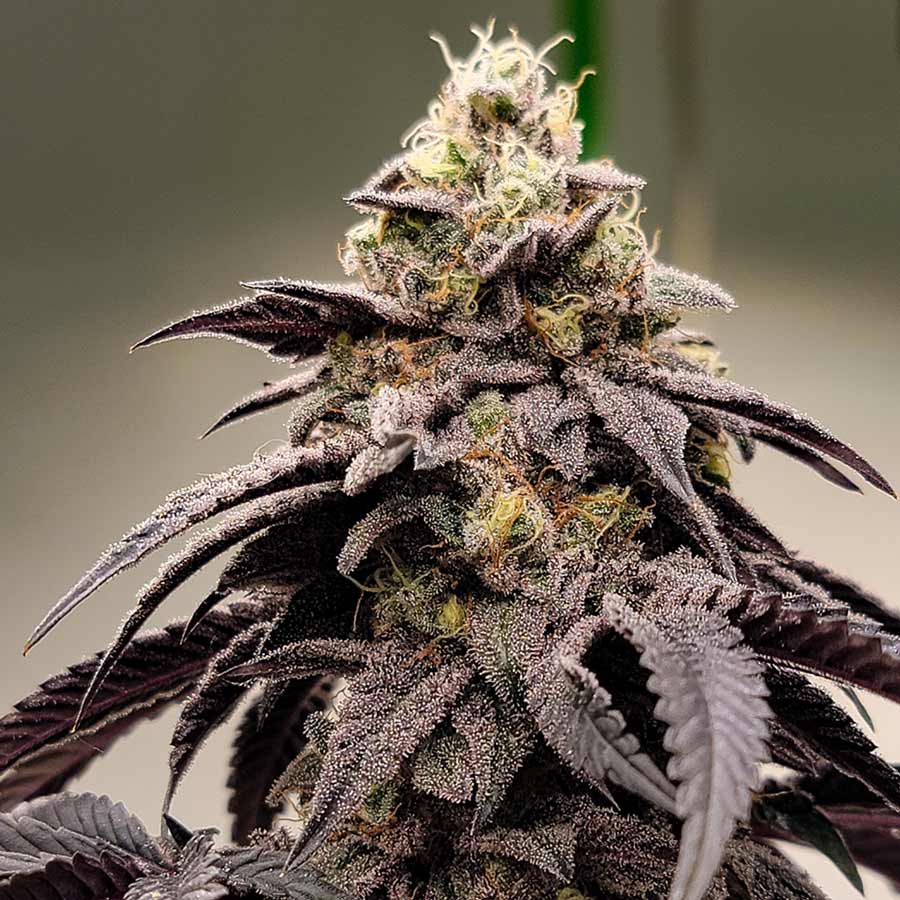Cloning Cannabis: 5 Great Benefits and Step-By-Step Guide

Cloning cannabis is a popular and effective method among cannabis growers for producing genetically identical plants with desirable traits. This technique not only ensures consistency in quality and yield but also saves time compared to growing from seed. Here's a quick look at the benefits and a simple step-by-step guide to help you master the cloning process.
What is Cannabis Cloning?
Cannabis cloning is the process of creating a new cannabis plant by taking a cutting from a healthy parent plant, often referred to as the mother plant. This cutting, or clone, is genetically identical to the original and, with proper care, will develop roots and grow into a fully mature plant. Cloning cannabis allows growers to replicate strong genetics, preserve desirable traits, and maintain consistency across crops without relying on seeds.
Benefits of Cloning Cannabis Plants
Cloning cannabis plants offers a range of advantages that make it a preferred method for many home growers and commercial cultivators alike. Below are the key benefits explained in detail:
Consistent Genetics and Quality
Cloning cannabis ensures that each new plant is genetically identical to the parent plant. This consistency allows growers to replicate plants with proven potency, aroma, yield, and resistance to pests or diseases. Unlike seeds, which can vary even within the same strain, clones preserve all the traits of the original marijuana plant.
Faster Growth and Flowering
Clones bypass the germination and seedling stages, allowing them to enter the vegetative stage much more quickly. This means a clone can grow roots and mature into a flowering cannabis plant in just a few days less than a plant grown from seed, speeding up the entire growing cycle and allowing for more harvests in less time.
Cost Efficiency
Using clones reduces the need to purchase seeds repeatedly. Once a strong mother plant is established, growers can take more cuttings and create as many new cannabis plants as needed. This makes cloning a cost-effective method, especially for large-scale or long-term cultivation.
Preservation of Superior Traits
When a cannabis plant shows exceptional characteristics—like high THC content, dense bud structure, or strong resistance to mold—cloning allows growers to preserve these traits across future generations. This is especially valuable in breeding programs or for maintaining a stable product for medical or commercial purposes.
More Control Over the Growing Environment
With clones, growers can predict how the plants will react to certain nutrients, lighting conditions, and training techniques. This familiarity helps optimize growing tips and reduce issues like transplant shock or unexpected phenotypes, leading to a more controlled and successful cloning process.
Required Materials for Marijuana Plant Cloning

To successfully clone cannabis plants, you'll need a few essential tools and supplies that help promote root growth and support the entire process from cutting to transplant. Here’s what you’ll need:
- Sharp scissors or a sterile razor blade for taking cuttings
- A healthy mother plant with vigorous new growth
- Rooting hormone (gel, powder, or cloning solution) to stimulate root development
- A humidity dome or cloning tray to maintain moisture and humidity
- Rooting cubes, rapid rooters, or your chosen rooting medium
- Potting soil or a hydroponic setup for transplanting clones
- Spray bottle filled with clean water for misting leaves
- Nutrient solution (low in nitrogen) for early-stage feeding
- Grow lights to support the vegetative stage of development
- Seedling mat or heat source to keep the root zone warm
- Fan for gentle air circulation to prevent mold and strengthen clones
- pH testing kit to ensure proper nutrient absorption
- Clean containers or cups to hold the cannabis cuttings during the rooting phase
How to Clone Cannabis Plants
Cloning cannabis plants is a straightforward process when you follow the right steps and use proper techniques. Below is a step-by-step guide to help you produce healthy clones and ensure successful cloning from start to finish.
1. Choose the Best Mother Plant
Select a healthy plant in the vegetative stage with strong growth, no signs of disease, and desirable traits. The best mother plants produce vigorous cannabis cuttings and contribute to consistent, high-quality new plants. Avoid flowering plants, as clones taken during the flowering stage take longer to root and revert to vegetative growth.
2. Prepare Your Cloning Supplies
Gather everything you'll need: sharp scissors, rooting hormone or cloning gel, a humidity dome, rooting cubes or rapid rooters, spray bottle, and clean containers. Sterilize your tools to prevent introducing pathogens to the cannabis plant.
3. Take Cuttings from the Parent Plant
Cut 4–8 inch branches from the lower or secondary branches of the mother plant at a 45-degree angle. This angled cut increases the surface area for root development and encourages faster root growth. Make sure each cutting has at least one or two sets of fan leaves and new growth.
4. Trim and Treat the Cuttings
Remove the lower fan leaves and gently scrape the bottom of the stem to expose inner tissue. Immediately dip the cut ends into rooting hormone, cloning gel, or cloning solution to promote root growth and prevent air bubbles from entering the stem, which can cause cloning failure.
5. Insert Cuttings into Rooting Medium
Place the treated cannabis cuttings into pre-soaked rooting cubes, rapid rooters, or your chosen medium. Make sure the medium is firm around the stem to eliminate air pockets and provide good stem-to-medium contact for root development.
6. Maintain Ideal Cloning Conditions
Place the clones under a humidity dome and keep humidity levels high (around 70–90%) to prevent moisture loss. Use a spray bottle to mist the leaves regularly and provide gentle grow lights for 18–24 hours a day. A seedling mat can help keep the root zone warm and encourage the roots to grow faster.
7. Monitor and Support Root Growth
Check clones daily for signs of root growth, wilting, or mold. Fresh air and light air circulation are crucial for healthy clones. Avoid overwatering and maintain proper pH levels in the nutrient solution to support the rooting process.
8. Transplant Healthy Clones
After 7–14 days, once roots are visible and strong, transplant clones into potting soil or your preferred grow medium. Be gentle to avoid transplant shock. Keep them in a stable environment to help them adjust to their new surroundings and continue growing into a healthy plant.
Tips for Nurturing Cannabis Clones
To ensure your cannabis clones grow into strong, healthy plants, it’s important to provide the right care during their early development. Here are some key tips to nurture your clones effectively:
- Keep humidity high: Use a humidity dome and mist regularly to maintain moisture and prevent clones from drying out.
- Maintain warm temperatures: A root zone temperature of 70–80°F encourages faster root development.
- Use gentle lighting: Provide 18–24 hours of low-intensity grow lights to support photosynthesis without causing stress.
- Promote air circulation: A small fan helps prevent mold and strengthens the clones by simulating natural airflow.
- Monitor pH levels: Keep pH between 5.8–6.3 in hydro systems or 6.0–6.5 in soil for optimal nutrient uptake.
- Avoid overwatering: Keep the rooting medium moist but not soaked to prevent rot and support healthy root growth.
- Minimize transplant shock: Handle clones gently when moving them to new environments or pots to ensure a smooth transition.
- Label your clones: If you're cloning multiple strains or mother plants, labeling helps track genetic origins and traits.
- Be patient: Rooting can take several days to over a week, so avoid disturbing the clones during this sensitive period.
Final Thoughts

Cloning cannabis is a reliable, cost-effective way to produce genetically identical plants with consistent quality. By using the right tools, following proven cloning methods, and providing proper care, both beginner and experienced growers can enjoy a successful cloning process and harvest strong, healthy clones every time.
If you're ready to improve your grow with cloning, start gathering your supplies and give your best mother plants a new generation to thrive. To deepen your understanding of cannabis cultivation, consider studying additional resources on plant training techniques, nutrient management, or indoor grow setups. Expanding your knowledge in these areas can help maximize yields and maintain plant health throughout every stage of growth.
Frequently Asked Questions
How long can a mother plant be kept for cloning?
A mother plant can be kept for several months to even years with proper care. Regular pruning, feeding, and environmental control help maintain its health and vitality for producing quality cannabis cuttings.
Can you clone a clone?
Yes, you can clone a clone. However, repeated cloning over generations may lead to a slight genetic drift or weakening if the parent plants are not kept healthy and strong.
Do cannabis clones yield less than seed-grown plants?
Not necessarily. Clones can yield just as much as seed-grown plants if they're well-rooted, nurtured properly, and given optimal growing conditions throughout the vegetative and flowering stages.
Is it better to take cuttings during the day or night?
It's best to take cuttings early in the plant’s light cycle when water and nutrient levels are stable. Avoid cloning during or right before the dark period to reduce stress on the plant.
Can I clone an outdoor plant and grow it indoors?
Yes, you can take a clone from an outdoor cannabis plant and grow it indoors. Just be sure to gradually adjust it to its new environment to avoid shock and promote healthy new growth.



